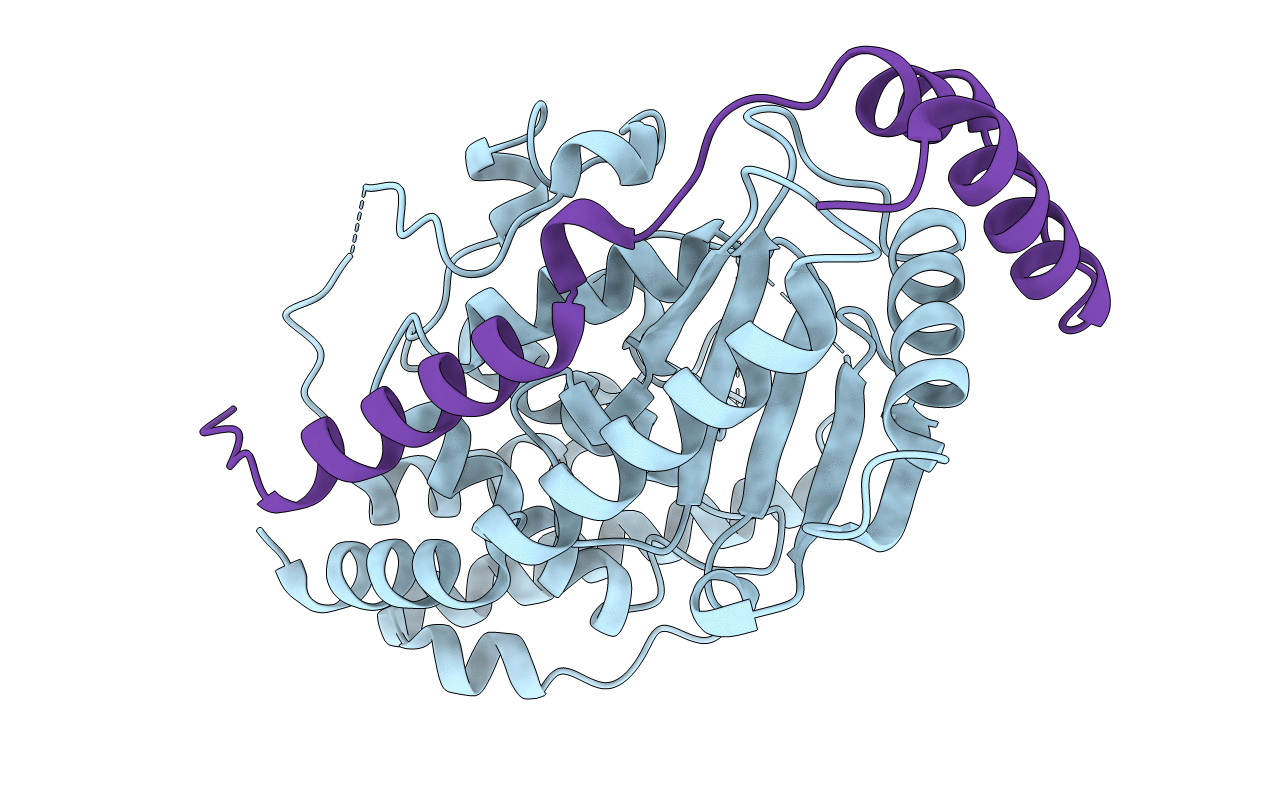
Deposition Date
2015-05-12
Release Date
2015-07-08
Last Version Date
2024-11-20
Entry Detail
PDB ID:
4ZRL
Keywords:
Title:
Structure of the non canonical Poly(A) polymerase complex GLD-2 - GLD-3
Biological Source:
Source Organism:
Caenorhabditis elegans (Taxon ID: 6239)
Host Organism:
Method Details:
Experimental Method:
Resolution:
2.28 Å
R-Value Free:
0.23
R-Value Work:
0.18
R-Value Observed:
0.18
Space Group:
P 21 21 21


